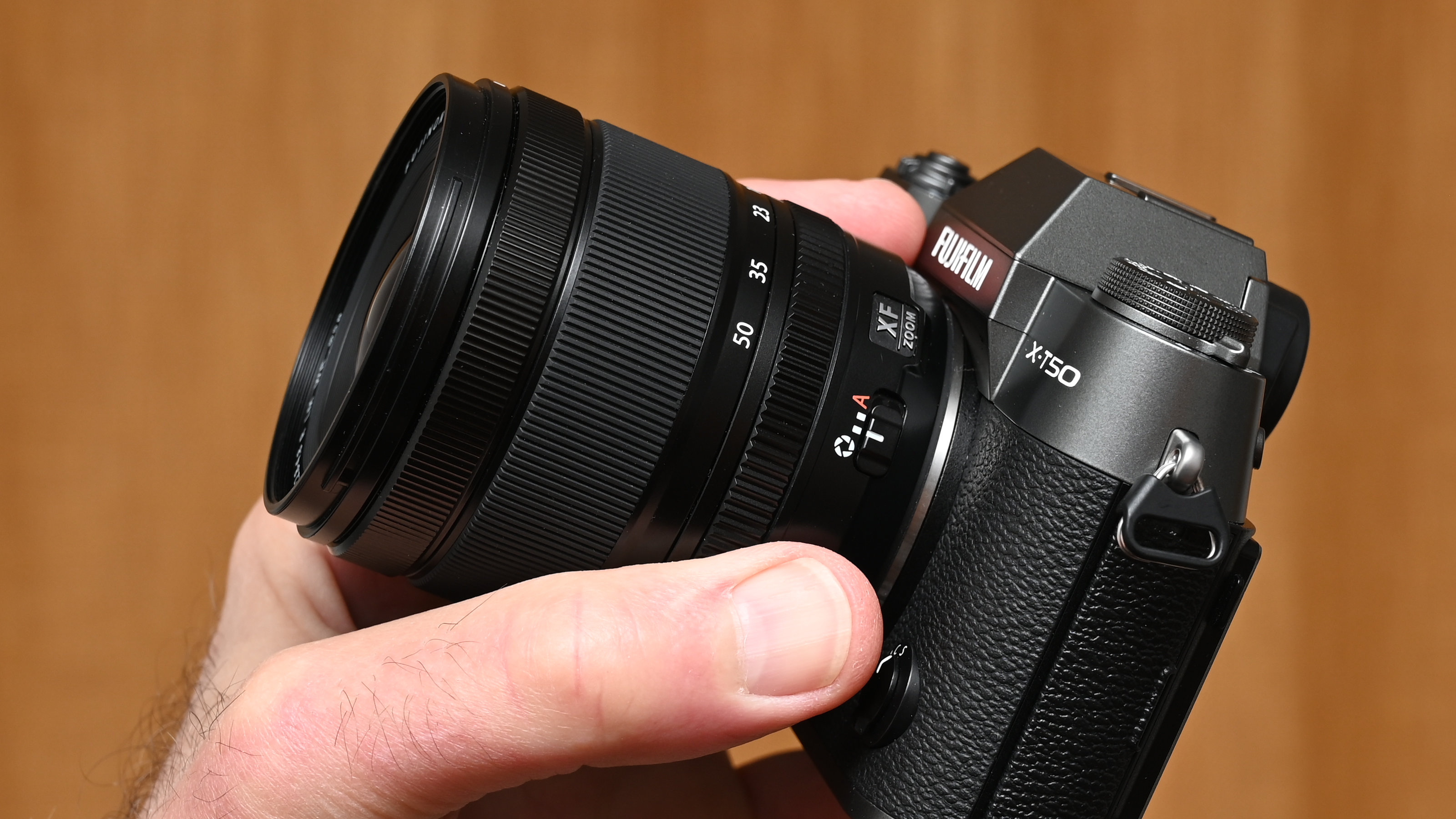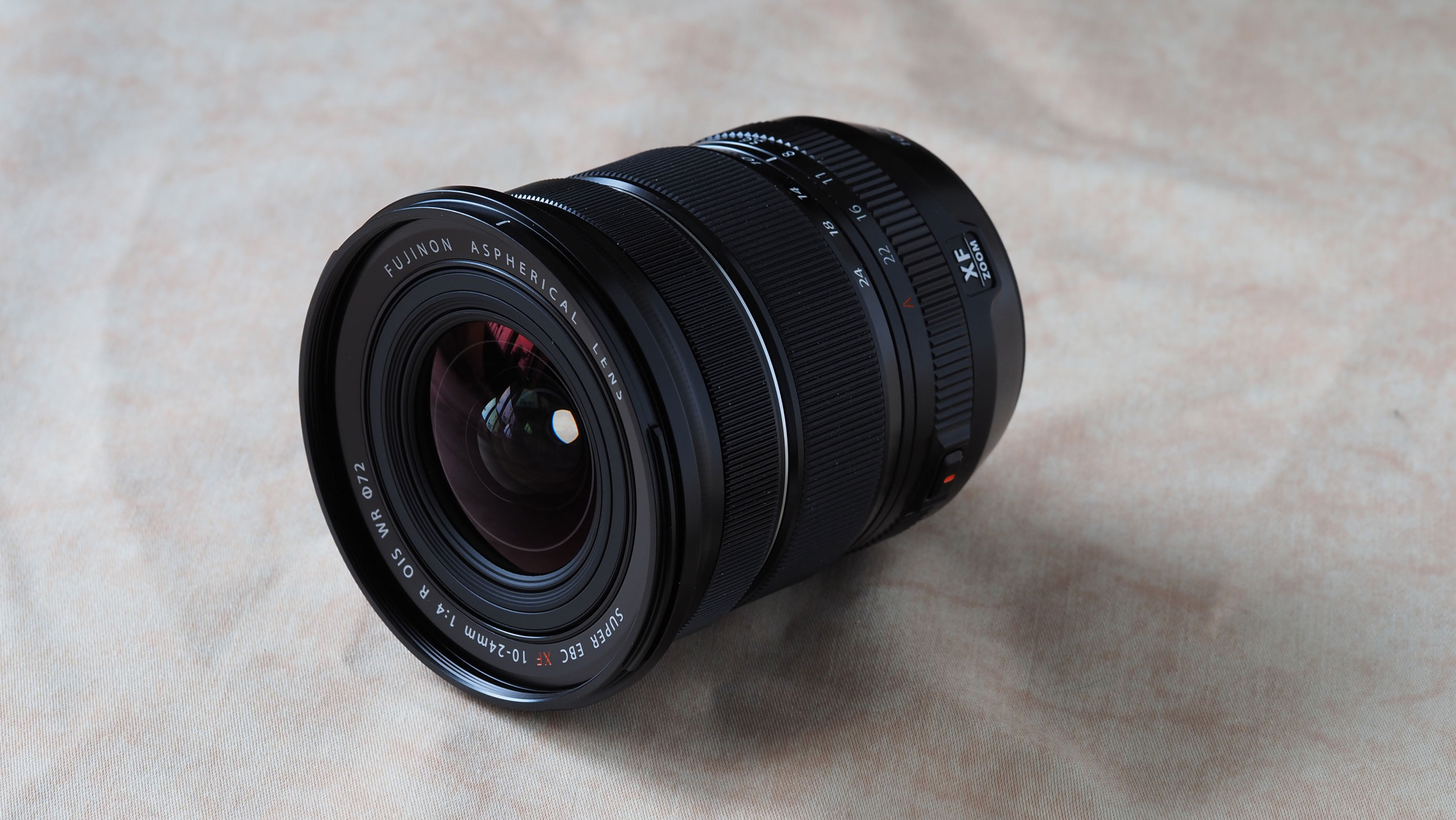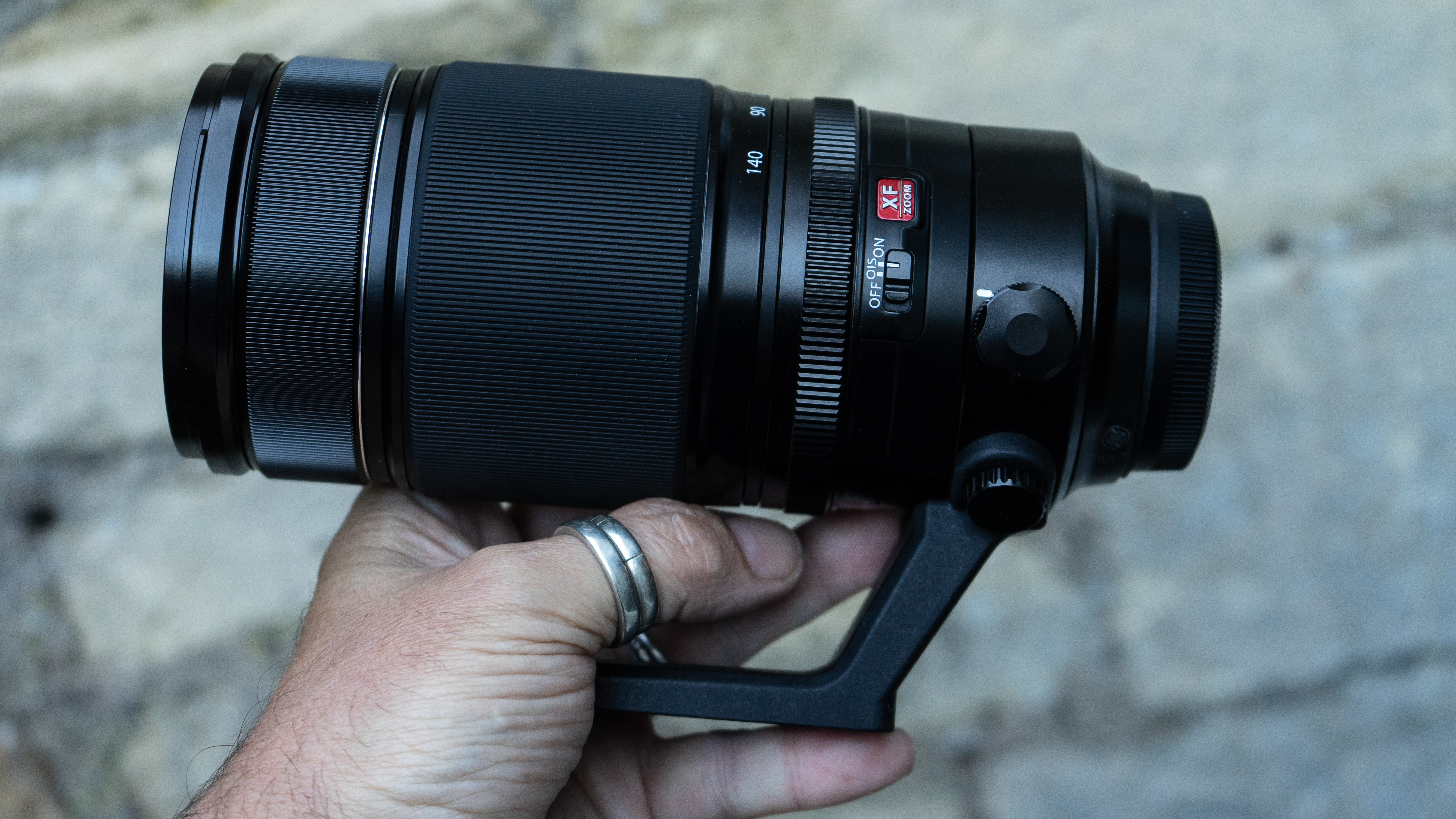The best lenses for the Fujifilm X-T4: here are my top choices for this classic camera
I choose the best lenses for the Fujifilm X-T4, picking top performers that match the X-T4’s classic retro layout
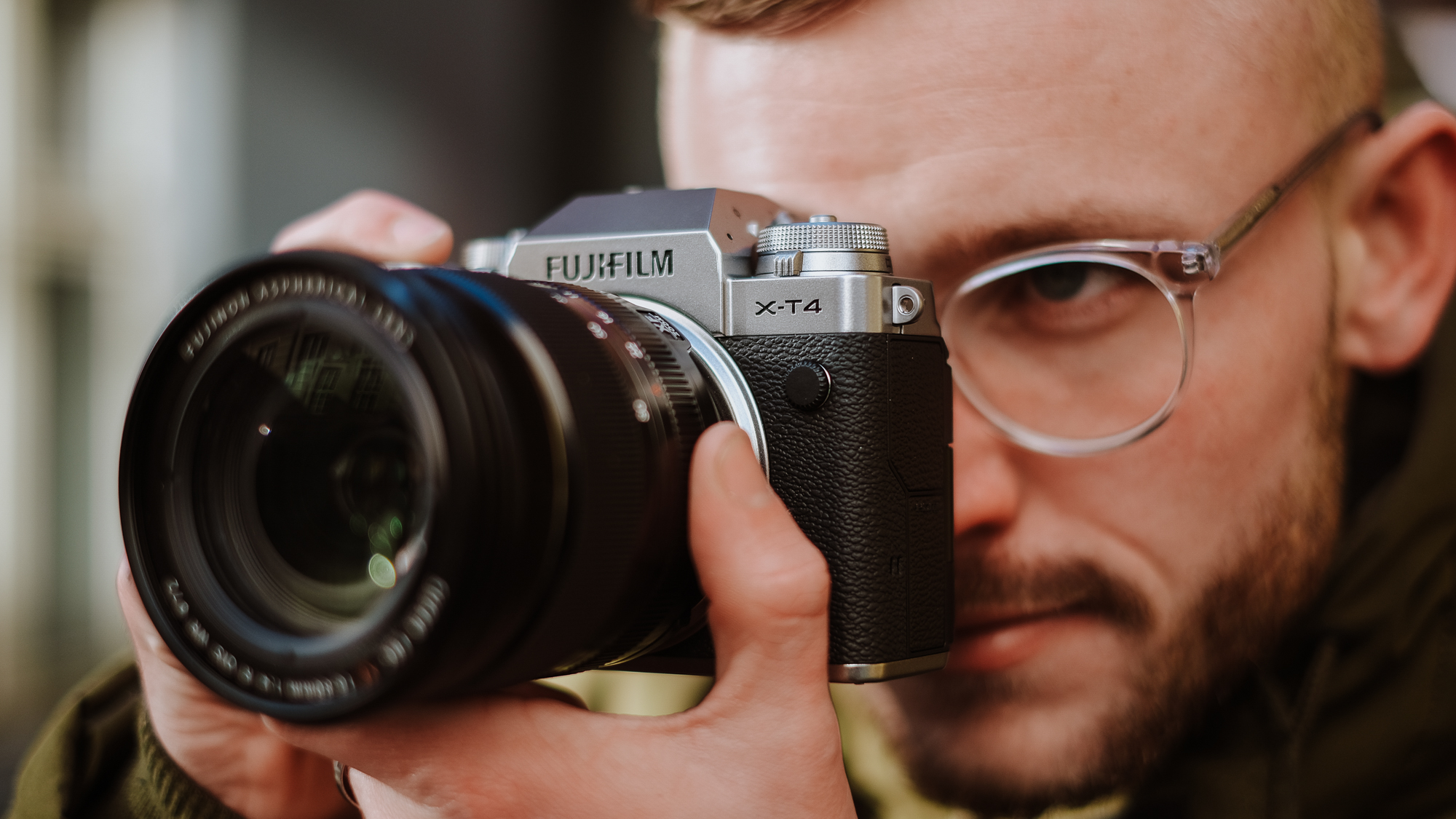
It wasn’t so very long ago that the Fujifilm X-T4 was the flagship camera in the X-mount range, with the best specs, the best performance and, some might say, the best looks. And then the Fujifilm X-T5 and the Fujifilm X-H2 came along, raising the bar for professional X-mount cameras for speed and resolution.
But I think that the X-T4 remains an iconic camera that’s still at the cutting edge of APS-C camera performance. It's one of the best cameras for enthusiasts, best 4K cameras for video and best mirrorless cameras all round. Where the X-H2 models have the firepower, the X-T4 has the iconic Fujifilm retro styling, external exposure controls and compact dimensions – not to mention a far more affordable price tag.
Many of these are lenses that I’d recommend for any X-mount camera, but here I’ve paid special attention to size and optical performance, and lenses that have a physical aperture ring to match the X-T4’s external shutter speed and ISO dials.

Rod is an independent photography journalist and editor, and a long-standing Digital Camera World contributor, having previously worked as DCW's Group Reviews Editor. He has used practically every interchangeable-lens camera launched in the past 20 years, from entry-level DSLRs to medium-format cameras, so he has the expertise to select the best Fujifilm lenses for you.
The Quick List

With a a zoom range that makes it versatile enough for most situations, this small, light and affordable lens belongs in your kit bag. Read more below…

The performance at 24mm isn’t the best, but otherwise there’s a lot to like about this well-designed constant-aperture zoom. Read more below…

The red badge means this is a pro-grade lens, with the build quality and optic path that suggests, plus a constant aperture. Read more below…
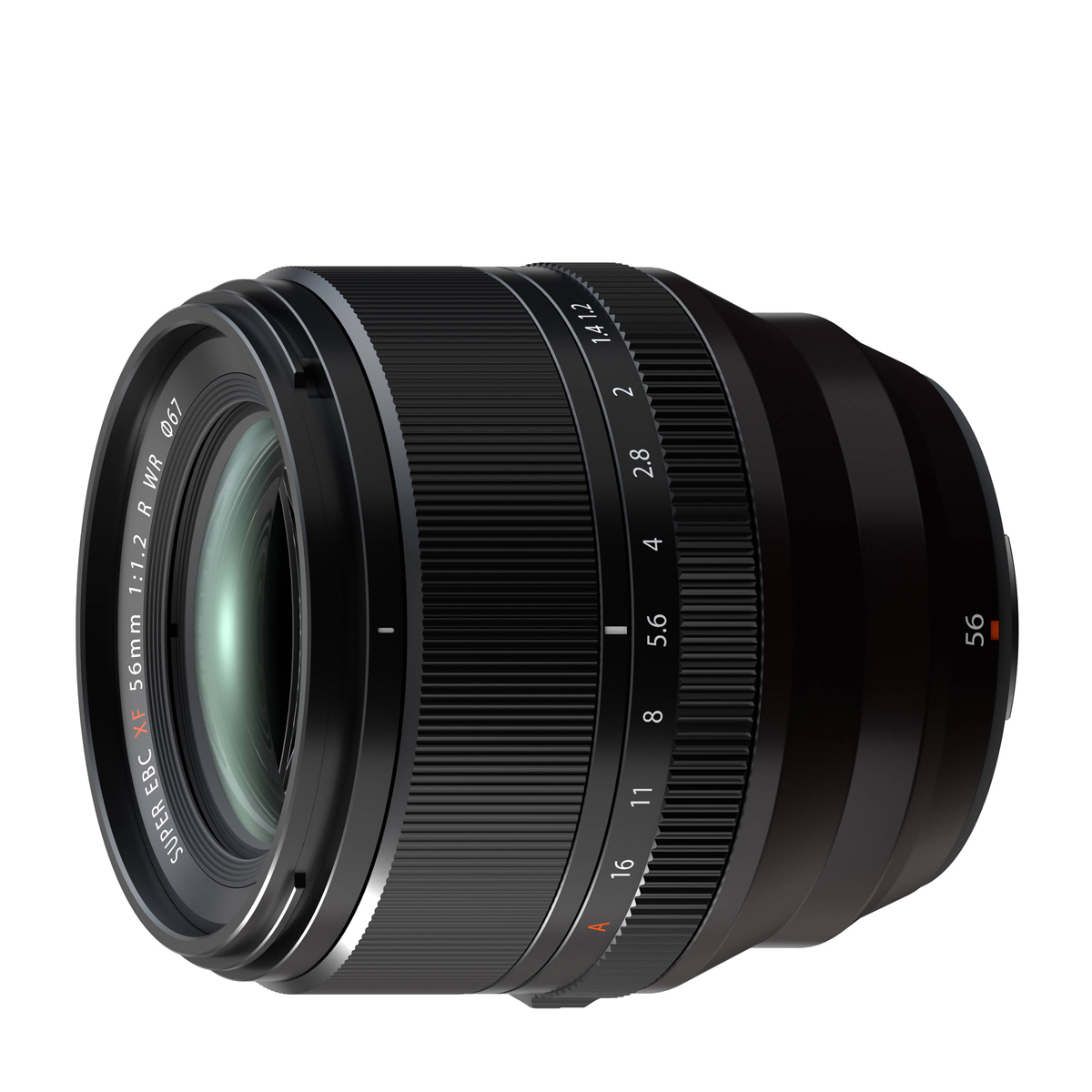
Lots of X-T4 owners use the camera for portraits and events, and this lens has the ideal focal length for those situations. Read more below…
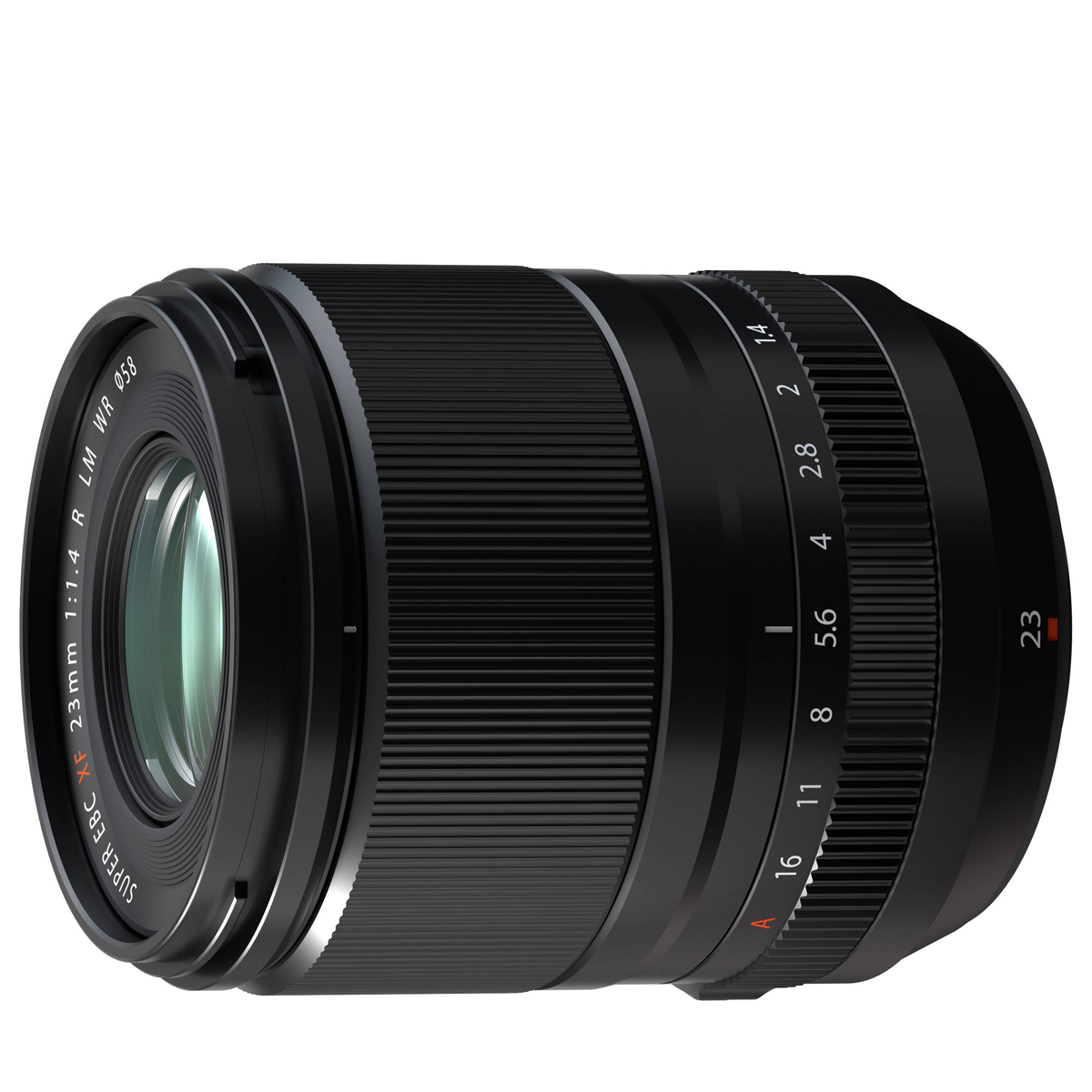
It’s quite large for a walkaround lens, but the wide aperture, autofocus response and image quality mean you’ll forgive it. Read more below…
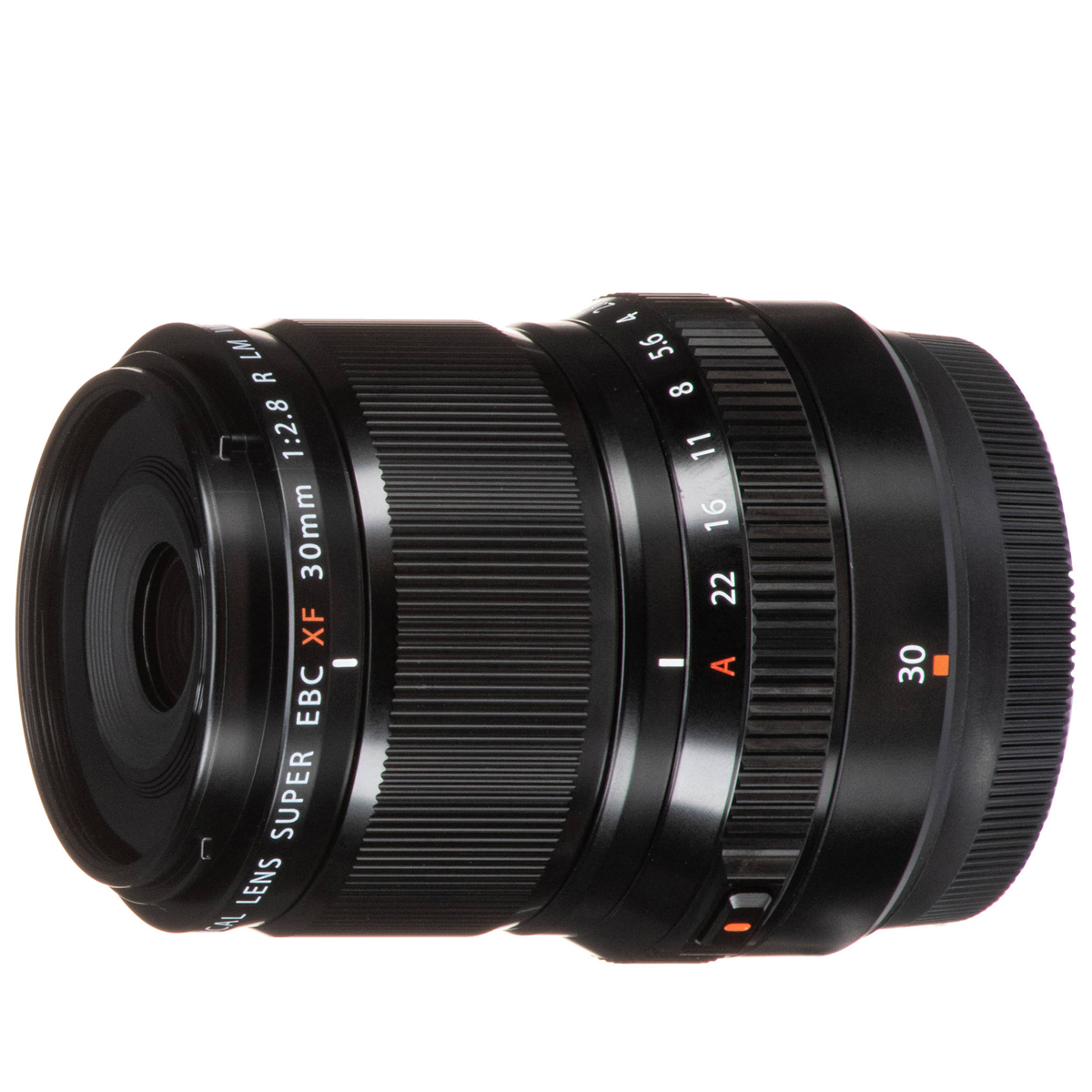
With lifesize magnification, this macro prime handles the small stuff brilliantly, and with a useful focal length for regular photos. Read more below…
Best lenses for the Fujifilm X-T4
Why you can trust Digital Camera World
Best everyday lens for the X-T4
1. Fujifilm XF 16-50mm f/2.8-4.8 R LM WR
Our expert review:
Specifications
Reasons to buy
Reasons to avoid
I’ve always felt that the trusty Fujifilm XF 18-55mm was one of the very finest standard zooms in the world, at least among those that were sold as ‘kit lenses’ along with a camera body. The new XF 16-50mm is even better. It’s designed to do full justice to the high-resolution 40MP image sensors in Fujifilm’s latest cameras, like the X-T5 and X-T50, ensuring super-sharp image quality that can make the most of all those extra megapixels.
I also really like that the new lens is very noticeably more wide-angle than its predecessor, at the shortest zoom setting. Sure, you lose 5mm at the long end but that’s much less noticeable. All in all, the ‘effective’ zoom range of 24-75mm in full-frame terms means that this lens can take on anything and everything for everyday shooting.
Although compact and lightweight, the lens feels really well built and includes an aperture control ring, with the addition of weather-seals that were absent in the older lens. Again, weather-seals make it even better as an everyday lens, whatever the weather.
Read more: Fujifilm XF 16-50mm f/2.8-4.8 R LM WR review
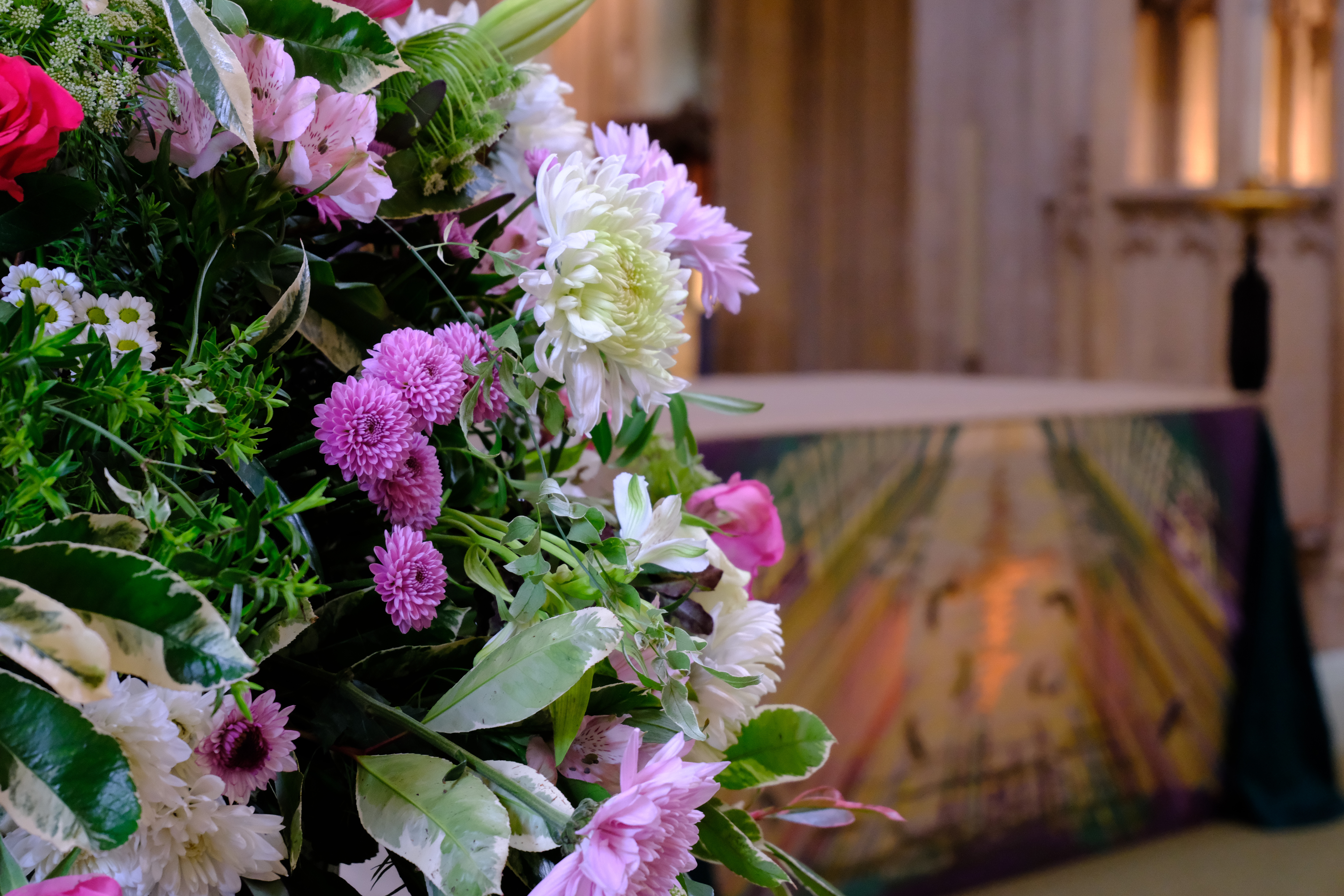
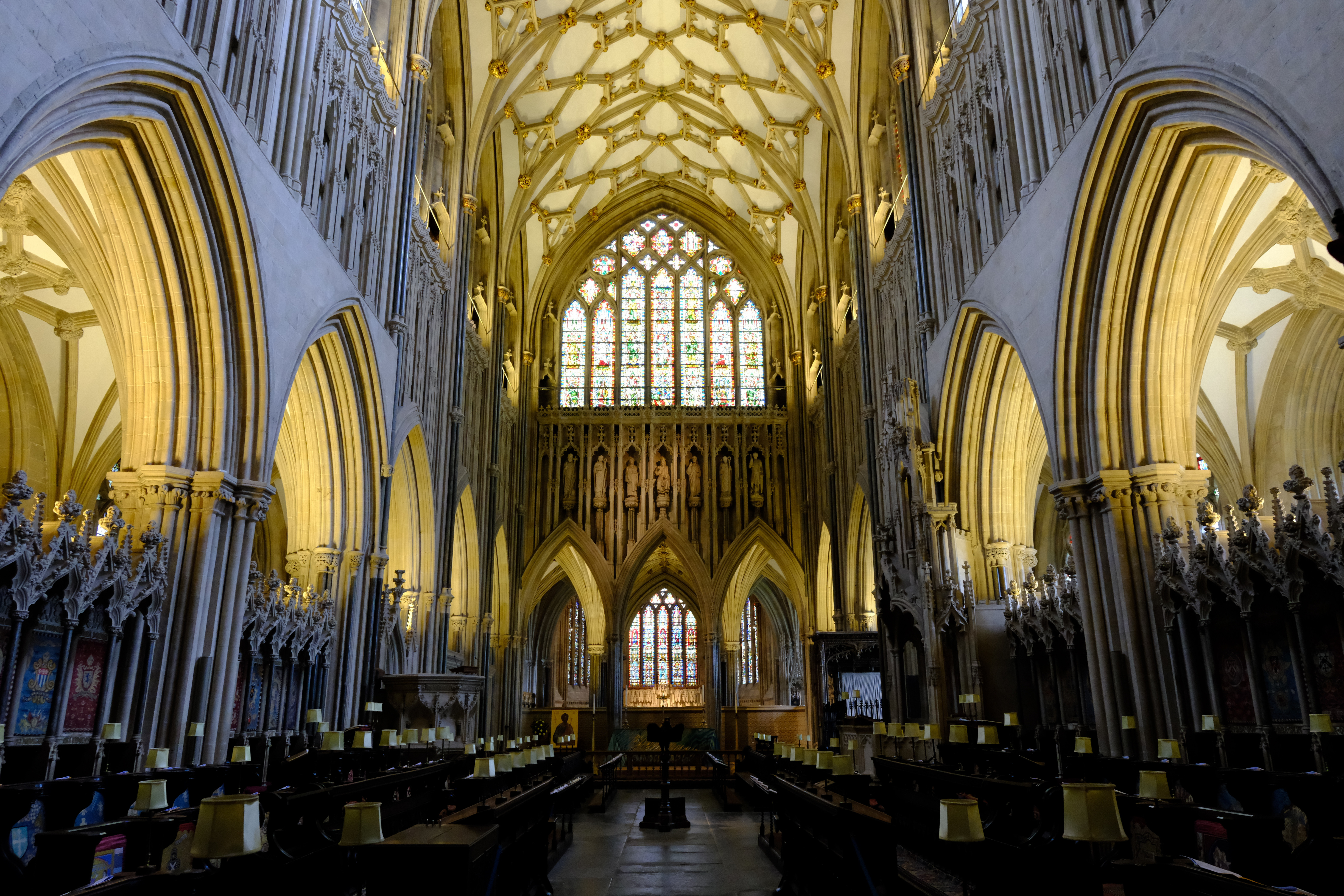
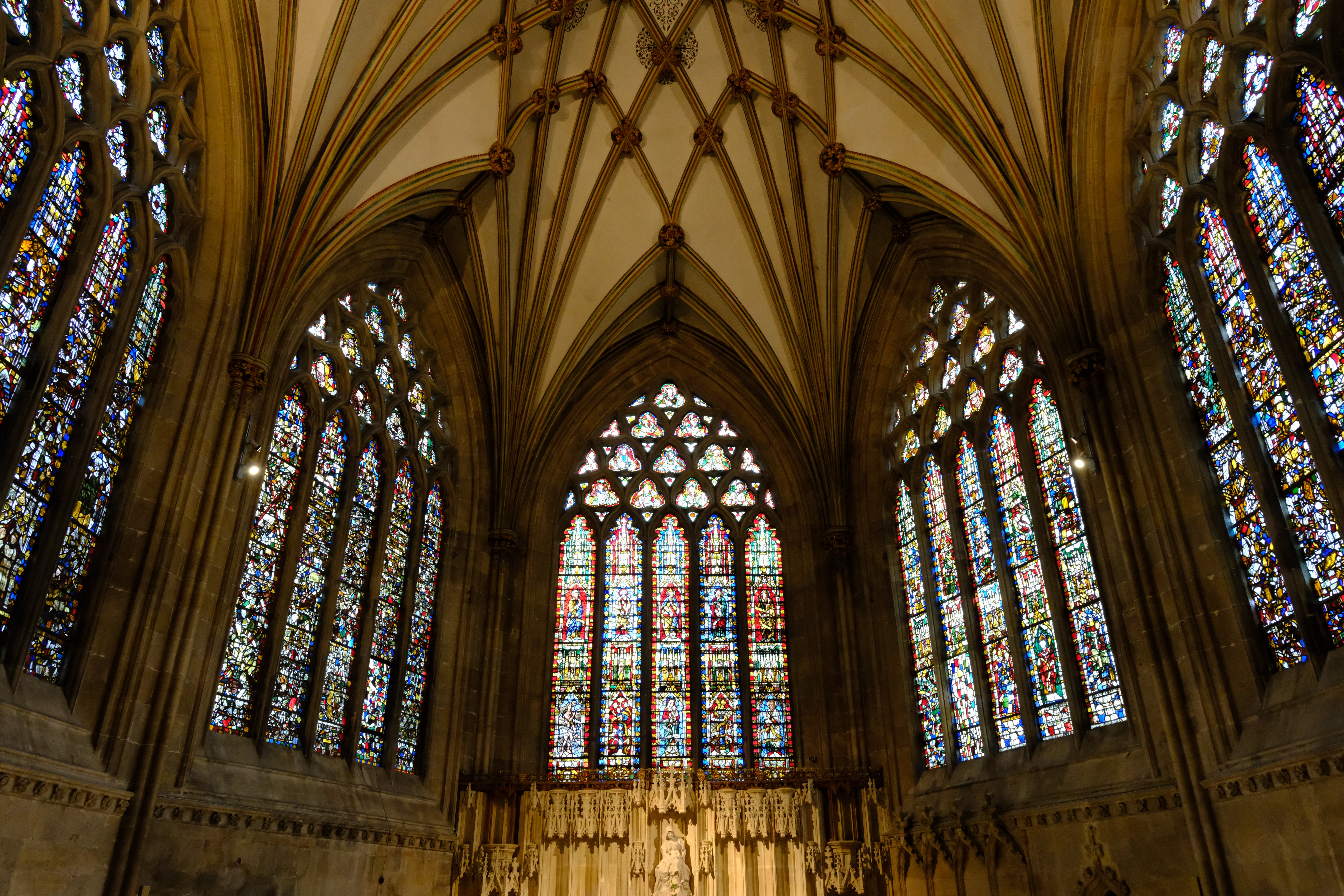
Features ★★★★☆ | Internal zoom and a wider maximum field of view are key features, but there’s no optical stabilization. |
Design ★★★★☆ | The design is fully in keeping with the ethos of Fujifilm’s XF lenses. |
Performance ★★★★★ | Image quality is excellent, doing justice to the 40MP sensors in the latest Fujifilm X system cameras. |
Value ★★★★☆ | It’s quite pricey for a ‘kit zoom’ lens but taking everything into consideration, it’s good value. |
Best wide-angle lens for the X-T4
Specifications
Reasons to buy
Reasons to avoid
This is a new and improved version of Fujifilm's long-running ultra-wide zoom, with a sleeker profile, weatherproofing, and improved stabilization, but the same optical formulation.
The Fujinon XF 10-24mm f/4 R OIS WR is certainly a nice lens to use. The build quality, finish, and handling are absolutely top-drawer, the constant f/4 maximum aperture is handy for photographers and videographers who like to work with fixed apertures regardless of zoom setting, and the aperture ring is wonderful to have.
If only the optical performance hit the same standard. It's great at 10mm, but the softer edges at 24mm are a disappointment, and take the edge off (literally) what could have been a five-star lens.
So why choose this, and not the more 'professional' Fujinon XF 8-16mm f/2.8 R LM WR? Because that lens is not just massive in its physical dimensions, but in its price tag too. If you can afford it, get it. The image quality and 12mm equivalent angle of view are spectacular. Back on planet Earth, I'd still choose the XF 10-24mm f/4 R OIS WR for day-to-day use.
Read more: Fujifilm XF 10-24mm f/4 R OIS WR review



Features ★★★★★ | Up-market features include an aperture control ring and optical image stabilization. |
Design ★★★★★ | Build quality feels very solid and handling is a delight. |
Performance ★★★★☆ | It’s good overall but sharpness drops off towards the long end of the zoom range. |
Value ★★★★☆ | It’s a pricey lens to buy for an ultra-wide-angle APS-C format zoom. |
Best telephoto lens for the X-T4
Specifications
Reasons to buy
Reasons to avoid
Most professional and enthusiast photographers who use full-frame cameras grab a 70-200mm f/2.8 lens for telephoto shooting. The Fujifilm XF 50-140mm f/2.8 R LM OIS WR is the equivalent X-mount lens, with an effective 75-210mm zoom range and the same fast, constant f/2.8 aperture.
It also happens to be full one of Fujifilm's ‘red badge’ lenses, with a fully pro-grade build quality and high-grade glass that includes five ED elements and one Super ED element, plus dual conventional and nano-structure coatings. The super-fast autofocus is driven by a triple linear motor and, this time, you also get optical stabilization with class-leading 5-stop performance.
The focal length range and wide aperture result in a relatively heavy build, but the lens is nevertheless only two thirds the weight of most 70-200mm f/2.8 full-frame zooms.
Read more: Fujifilm XF 50-140mm f/2.8 R LM OIS WR review




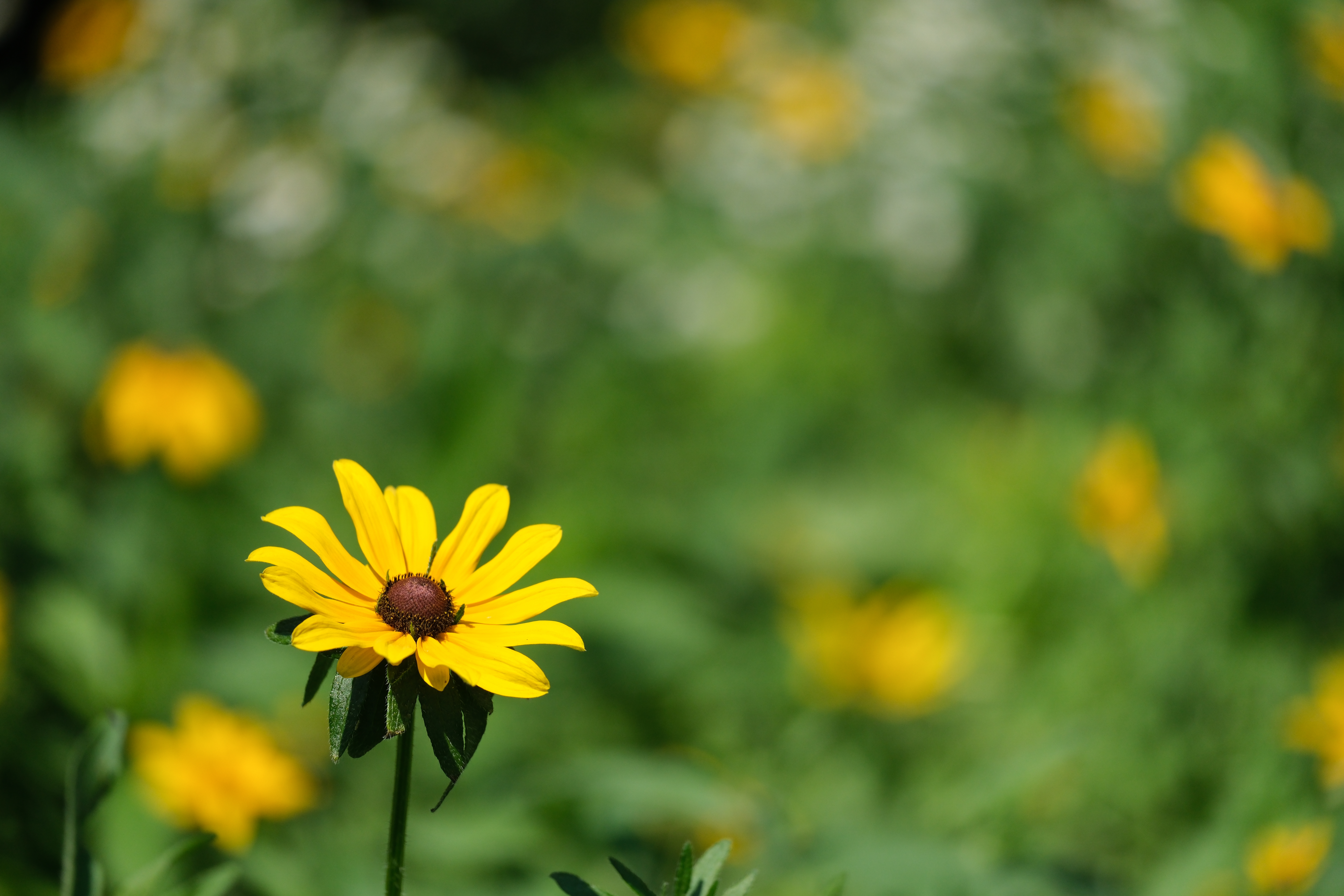
Features ★★★★★ | It’s an APS-C equivalent to a pro-grade ‘trinity’ 70-200mm f/2.8 telephoto zoom with all the requisite features. |
Design ★★★★★ | The APS-C crop factor counts in its favor and the lens is compact and lightweight yet robust and beautifully built. |
Performance ★★★★☆ | Performance is excellent in most respects but edge-sharpness could be better and bokeh isn’t particularly smooth. |
Value ★★★★☆ | It’s pricey for an APS-C format telephoto zoom but less expensive than most full-frame counterparts. |
Best portrait photography lens for the X-T4
Specifications
Reasons to buy
Reasons to avoid
The Fujifilm X-T4 has become a favorite camera for portrait and event photography, and the XF 56mm f/1.2 R WR is the perfect lens to keep in your bag for work like this, with an equivalent focal length of 84mm, the classic 'portrait' length.
With the X-mount camera system now over a decade old, Fujifilm has been steadily updating some of its older lenses - and now it is the turn for a complete redesign of the 2014-vintage XF 56mm f/1.2 R – which has been a popular portrait lens, thanks to its focal length and wide maximum aperture.
The XF 56mm f/1.2 R WR updates the prime in almost every department – improving resolution, bokeh, and adding weatherproofing. It does look as if the old APD variant is no more – but this lens is so good that I don't mind at all.
Read more: Fujifilm XF 56mm f/1.2 R WR review
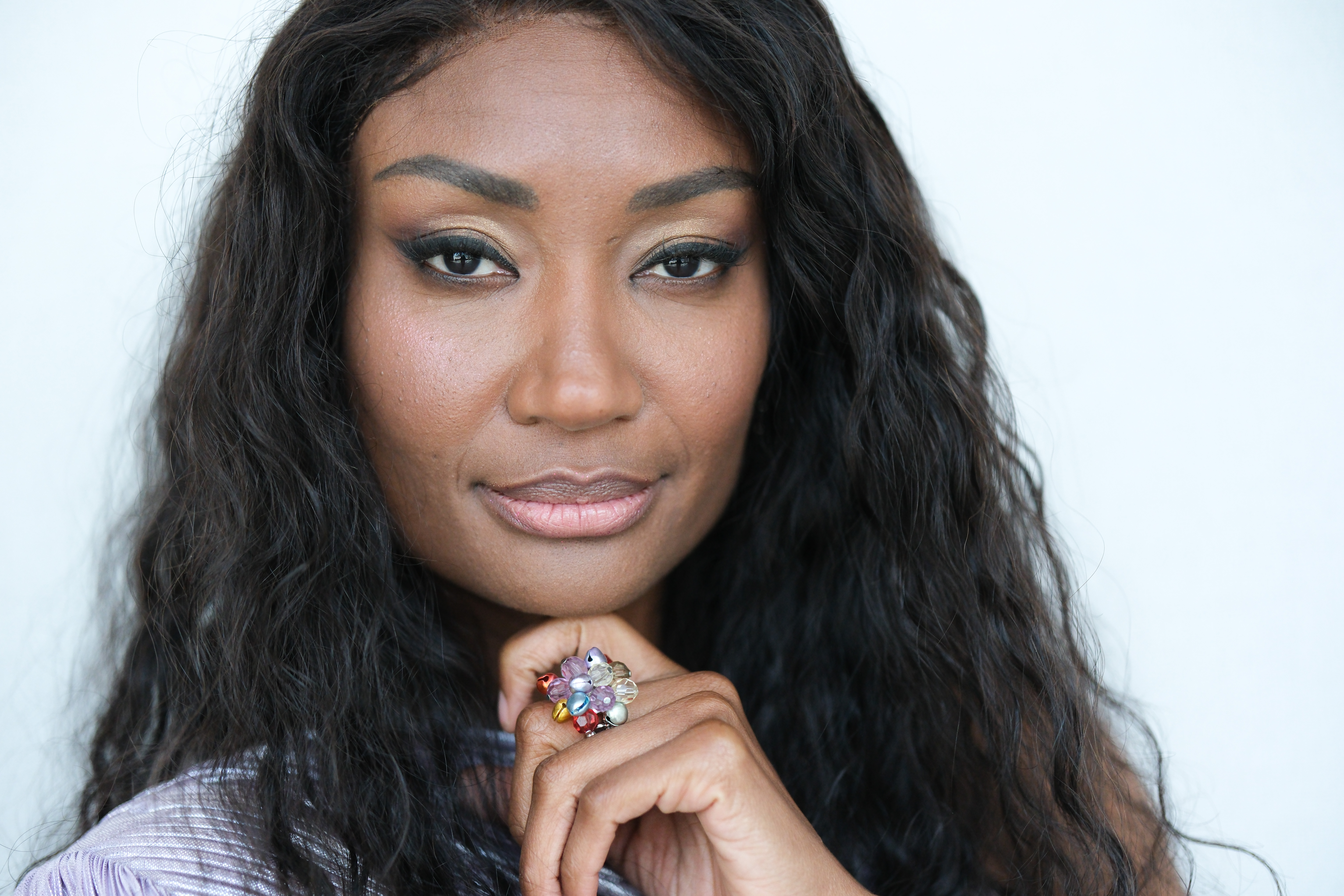


Best street photography lens for the X-T4
Specifications
Reasons to buy
Reasons to avoid
This is another of Fujifilm's new-wave lenses – redesigns of earlier primes to better match the latest cameras, autofocus systems and sensors. The XF 23mm f/1.4 R LM WR is noticeably longer than the lens it replaces, and doesn't seem to have a lot of glass in the front for an f/1.4, but its performance is impossible to fault – both in terms of autofocus response and image quality. It does exactly what it promises, brilliantly.
It’s a bit larger than we might have hoped, but light enough not to unbalance the X-T4 body; and, with its 35mm equivalent angle of view, it's a classic fast 'street' lens that's ideal for walkaround travel photography and low-light shooting. There's no stabilizer, but the X-T4 has IBIS, so no problem!
Read more: Fujifilm XF 23mm f/1.4 R LM WR review
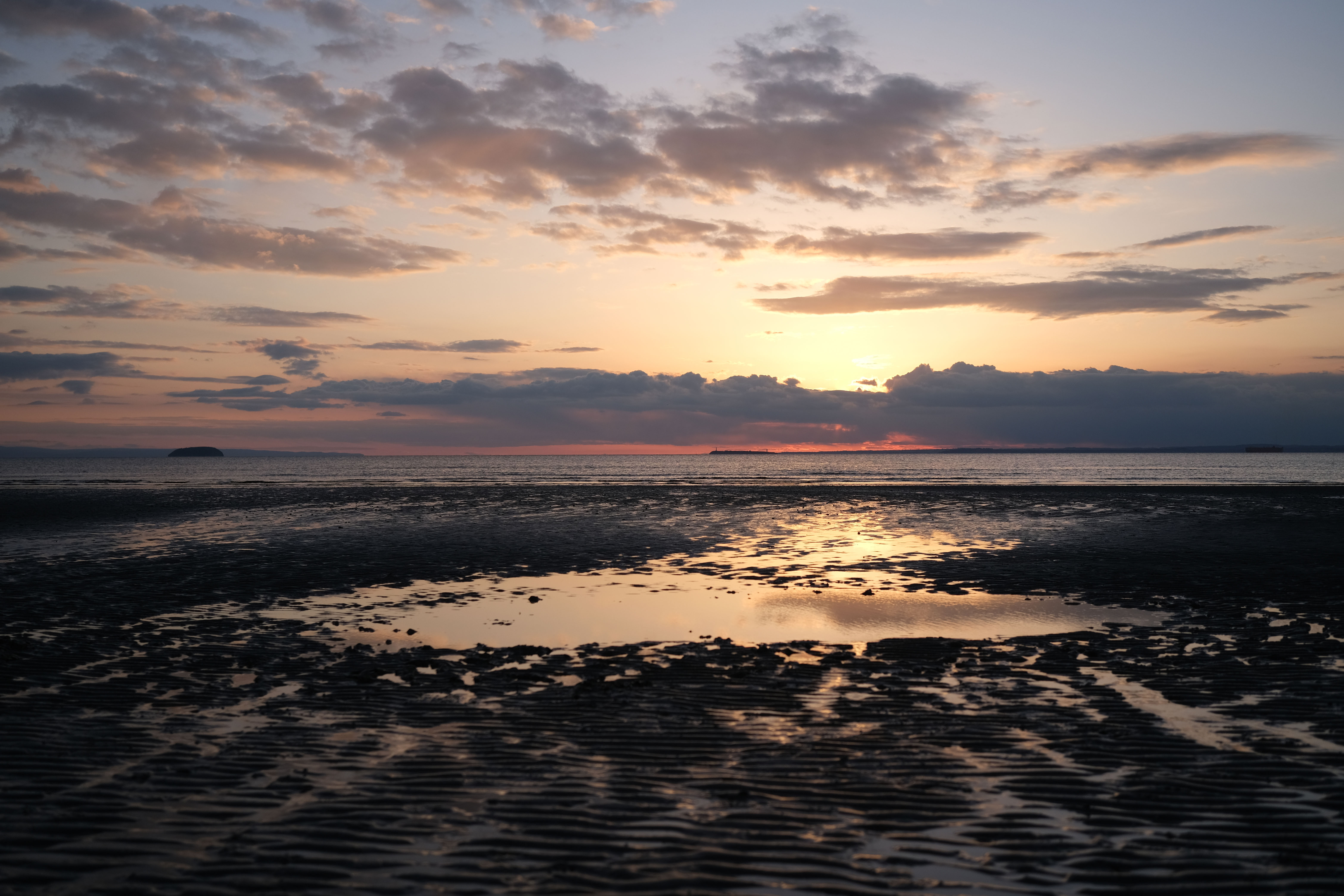



Features ★★★★★ | Top features are an equivalent 35mm focal length combined with a super-fast f/1.4 aperture. |
Design ★★★★☆ | There aren’t any fancy frills but the design includes an aperture control ring and weather-seals. |
Performance ★★★★☆ | Autofocus is fast and virtually silent, while image quality is terrific in all respects. |
Value ★★★★☆ | It’s not particularly good value unless you feel a burning desire for that fast f/1.4 aperture. |
Best macro lens for the X-T4
Specifications
Reasons to buy
Reasons to avoid
For a long time, the only true macro lens Fujifilm offered was the incredibly chunky, not to mention expensive, XF 80mm f/2.8 R LM OIS WR Macro. The release of the XF 30mm f/2.8 R LM WR Macro was welcome news to photographers who wanted to have a go at macro without splashing out loads of money.
At less than 200g, the XF 30mm f/2.8 R LM WR Macro lens is considerably lighter, making it much better for shooting on the go or taking on holiday. Although they’re aimed at nature photographers or wildlife photographers, macro lenses are also ideal for product photographers – especially those who have to take pictures of small items such as jewelry or beauty products. With an equivalent focal length of 46mm on the X-T4, the standard focal length makes it incredibly versatile, so this lens would even suit street photography and travel.
Like most Fujifilm lenses, it has a smooth aperture and focus ring on the lens itself, and is weather-sealed in nine places to ensure you can use it even in wet or dusty conditions.
Read more: Fujifilm XF 30mm f/2.8 R LM WR Macro hands-on review



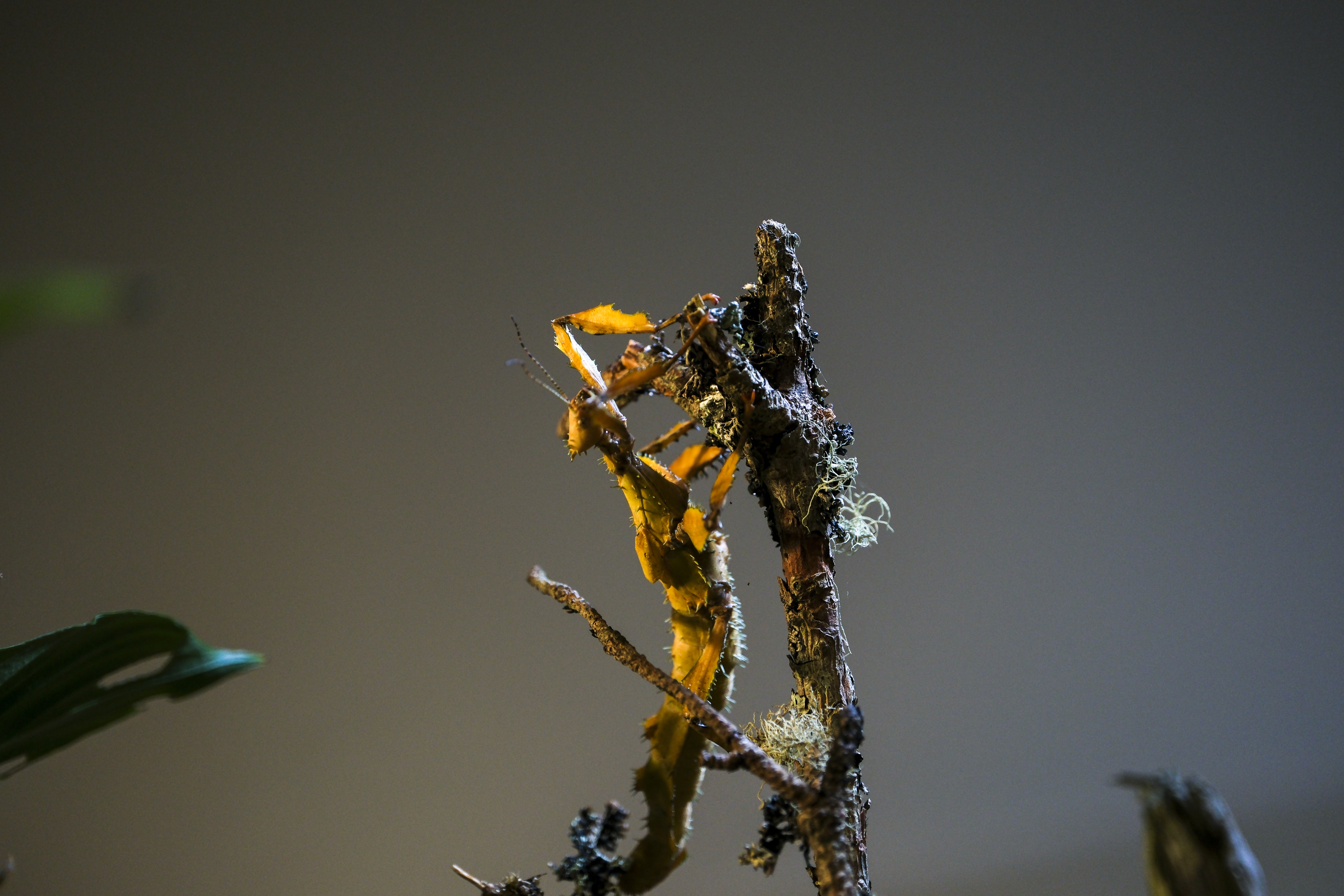
Lab data and comparisons
The graphs below show the comparative performance of the lenses in this guide, based on our in-house lab tests. The Fujifilm XF 56mm f/1.2 R WR prime is the best of the bunch for sharpness but the Fujifilm XF 50-140mm f/2.8 R LM OIS WR is particularly impressive for a zoom lens. There’s very little color fringing or distortion on show, but the Fujifilm XF 30mm f/2.8 R LM WR Macro is technically the worst for the latter.
Scores for sharpness and color fringing are averaged from data taken across the entire image frame, from the center to the edges and corners, throughout the aperture range. For zoom lenses, the scores are also averaged from data measured at all marked focal lengths, and the same applies to distortion. Bear in mind that these average values don't fully reflect specific areas of performance. For example, a zoom lens might have noticeable barrel and pincushion distortion at its shortest and longest focal lengths respectively, which tends to average out when looking at the data overall. For more detailed graphs of each lens's performance, which give the full picture, check out the graphs in our full standalone lens reviews.
How to choose the best lens for the Fujifilm X-T4
Which lenses fit the X-T4?
The X-T4 uses the Fujifilm X-mount, which means it works with all lenses designed for X-series cameras. The model names of Fujifilm’s own X-mount lenses begin with XF or XC (as well as MKX for cine lenses). If you are buying a third-party lens for the X-T4, check that it is made for the Fujifilm X series.
The X-T4 has an APS-C image sensor, so it doesn’t capture the entire picture coming through the lens in the way a full-frame camera does. To get a sense of the type of photo a given lens should capture on the X-T4, multiply its focal length by 1.5.
For example, the Fujfilm XF 56mm lens has roughly the same field of view as an 84mm lens on a full-frame camera.
How do I know which lens to get for my X-T4?
The reason there are so many types of lens in the first place is that different scenes demand different lens designs, particularly when it comes to focal length and aperture rating.
Usually, you will decide what you want to photograph, then get a lens with the focal length that suits the situation. For example, to shoot landscapes you will need a wide-angle lens, while for sports and wildlife you will need a telephoto.
You can watch this video that explains focal length: it helps you work out what kind of lenses you need for different genres of photography.
How we test lenses
The lens experts in our testing lab run a range of tests under controlled conditions, using the Imatest Master testing suite. Photos of test charts are taken across the range of apertures and zooms (where available), then analyzed for sharpness, distortion and chromatic aberrations.
We use Imatest SFR (spatial frequency response) charts and analysis software to plot lens resolution at the centre of the image frame, corners and mid-point distances, across the range of aperture settings and, with zoom lenses, at four different focal lengths.
There's more to it than just the technical side, though! Beyond the lab, our reviewers test lenses in real-world environments – and sometimes on professional shoots! We work with lenses both indoors and outdoors, in studio conditions and in natural light, with as many different subjects as is possible (or appropriate – there's no point testing a landscape lens' ability to shoot a portrait!).
We take into account everything from handling and ease of use to speed of autofocus and the overall quality of the images produced.
Find out more about how we test and review on Digital Camera World
The best camera deals, reviews, product advice, and unmissable photography news, direct to your inbox!

Rod is an independent photography journalist and editor, and a long-standing Digital Camera World contributor, having previously worked as DCW's Group Reviews editor. Before that he has been technique editor on N-Photo, Head of Testing for the photography division and Camera Channel editor on TechRadar, as well as contributing to many other publications. He has been writing about photography technique, photo editing and digital cameras since they first appeared, and before that began his career writing about film photography. He has used and reviewed practically every interchangeable lens camera launched in the past 20 years, from entry-level DSLRs to medium format cameras, together with lenses, tripods, gimbals, light meters, camera bags and more. Rod has his own camera gear blog at fotovolo.com but also writes about photo-editing applications and techniques at lifeafterphotoshop.com
- Gareth BevanReviews Editor
